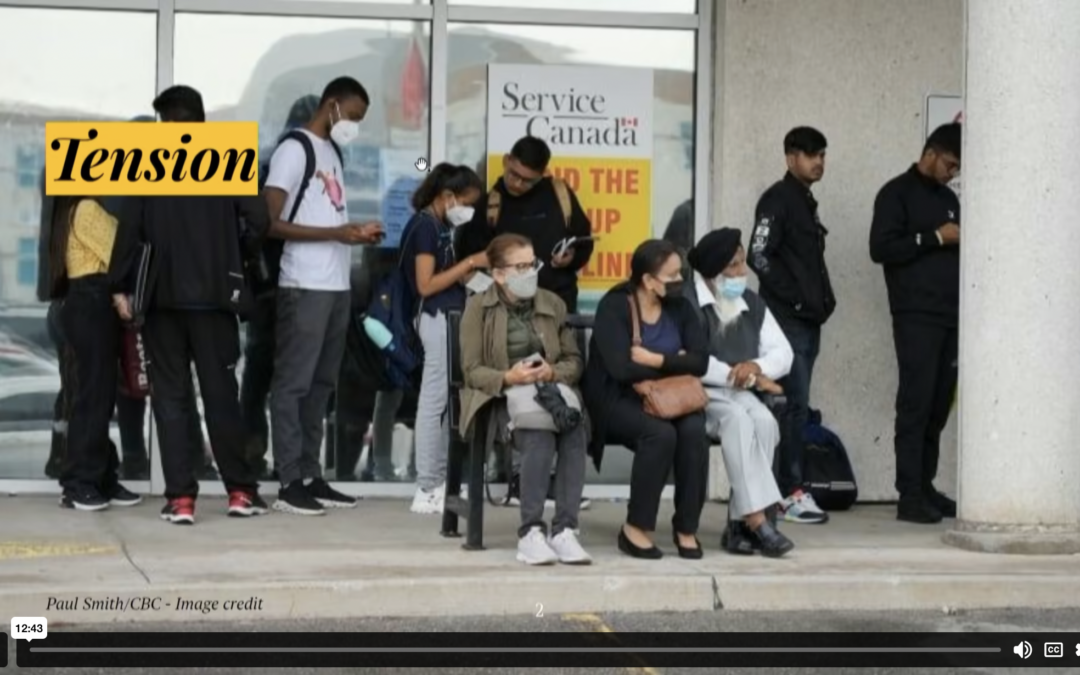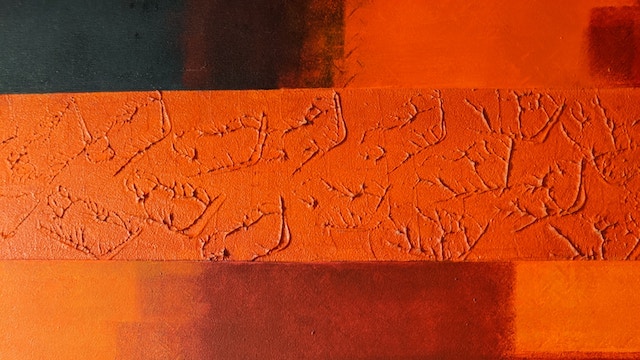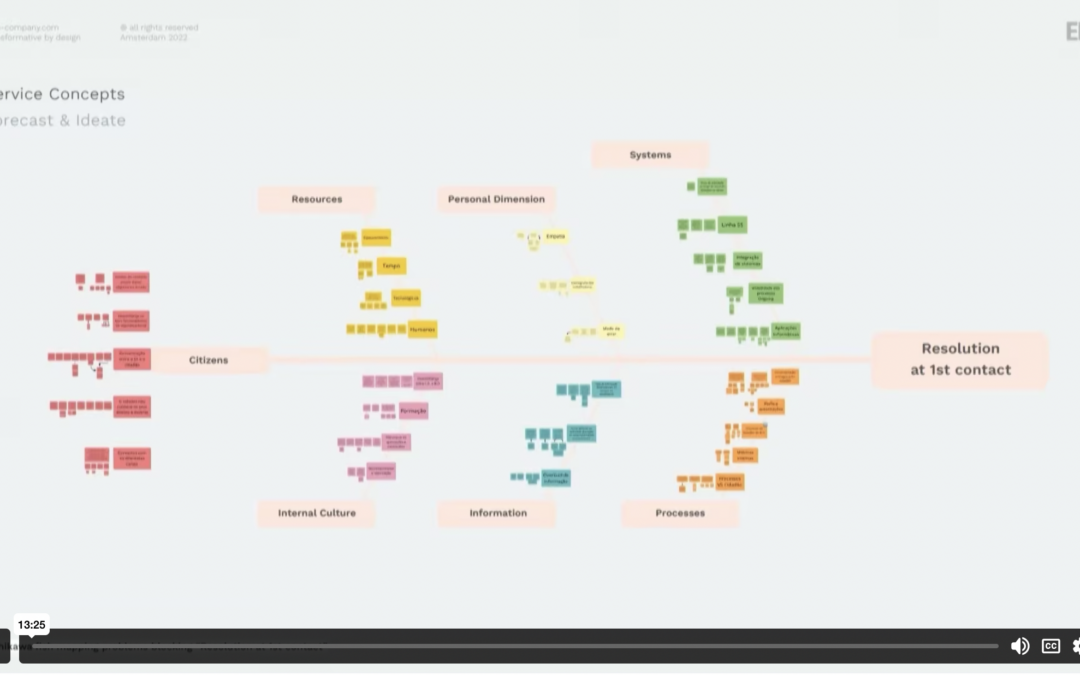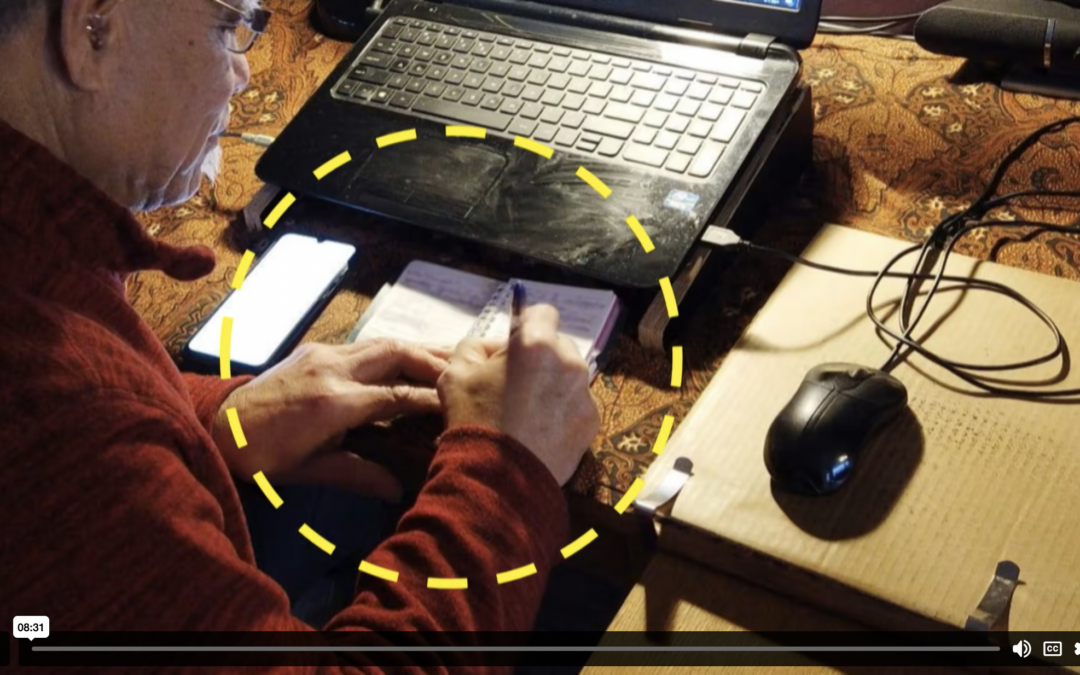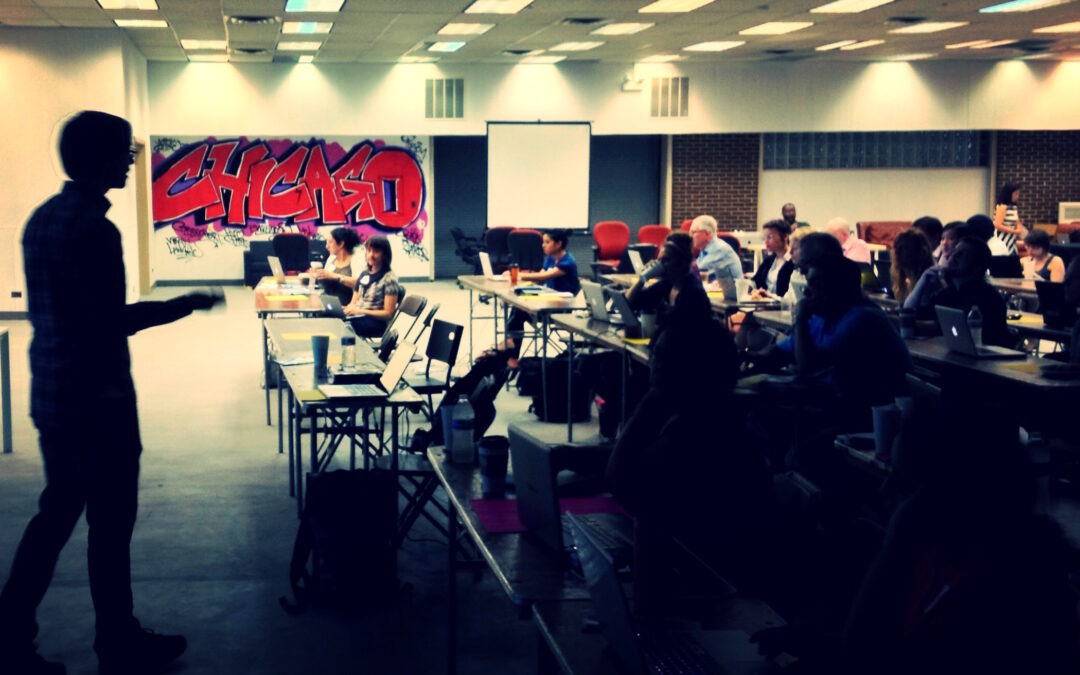Government websites and online services are often built with limited input from the people they serve. This approach limits their ability to respond to ever changing needs and contexts. This case study describes a government digital team built from the ground up to embrace ethnographic methods to...
